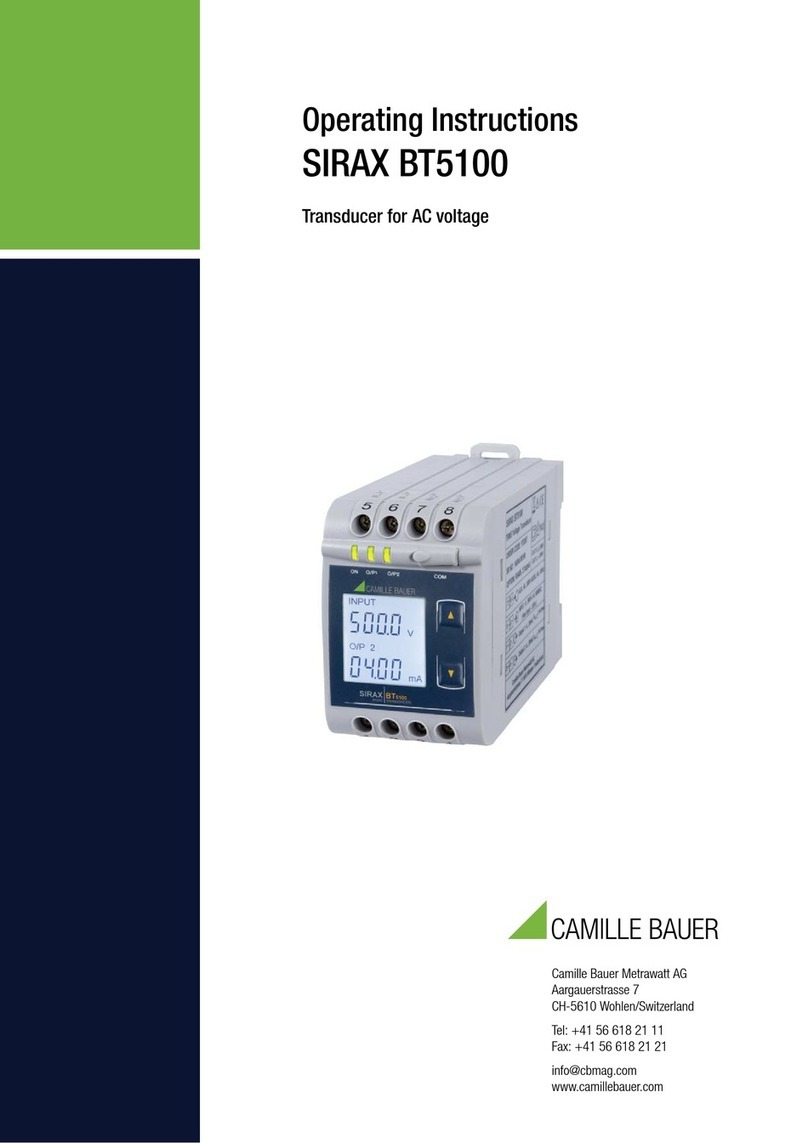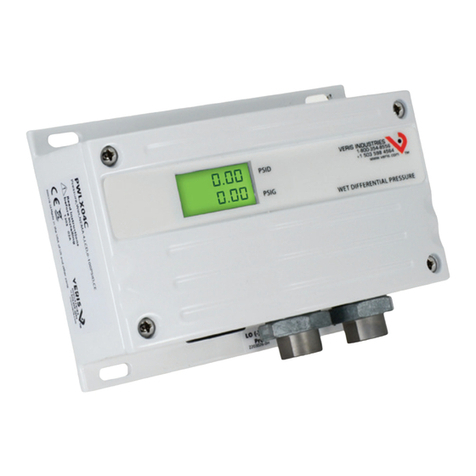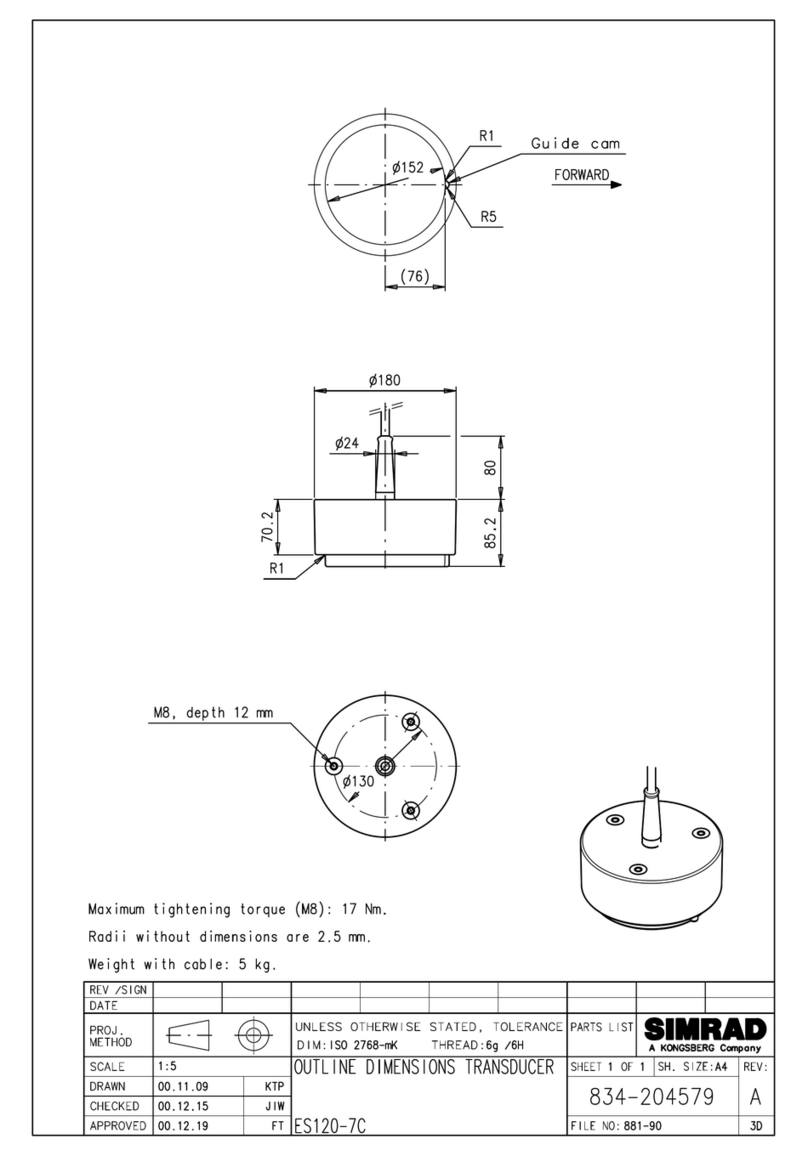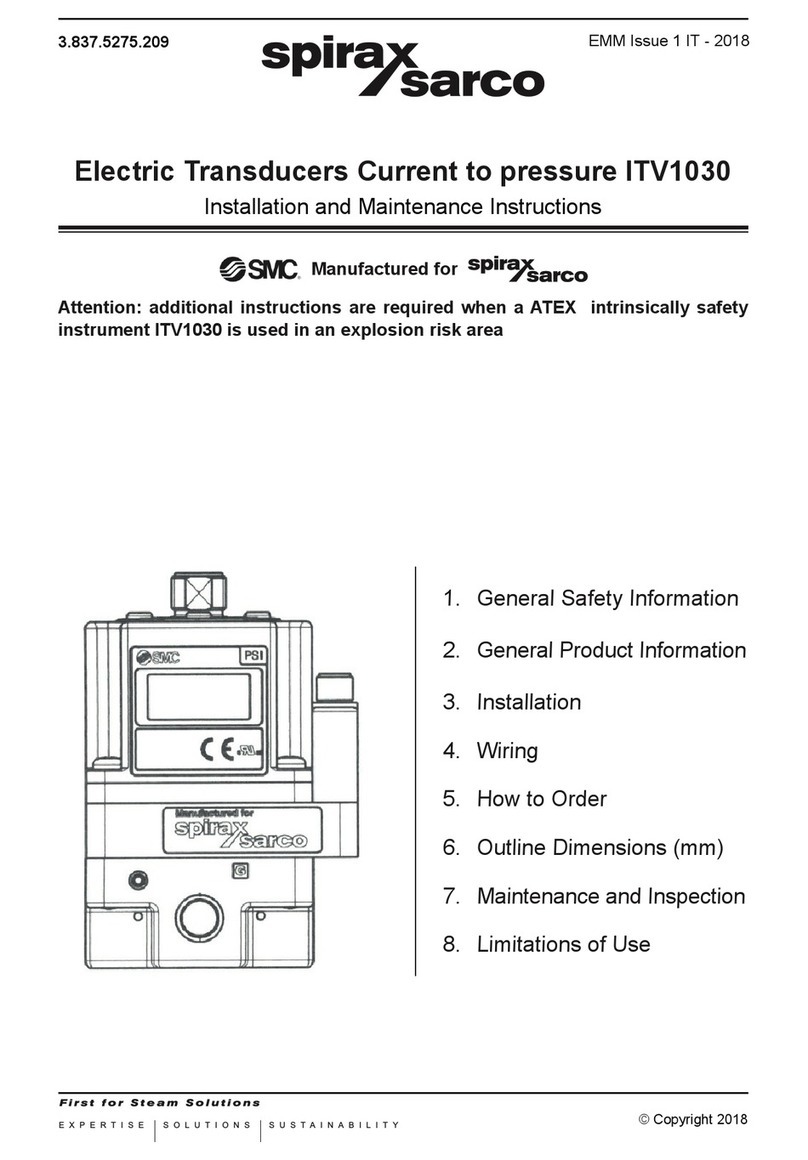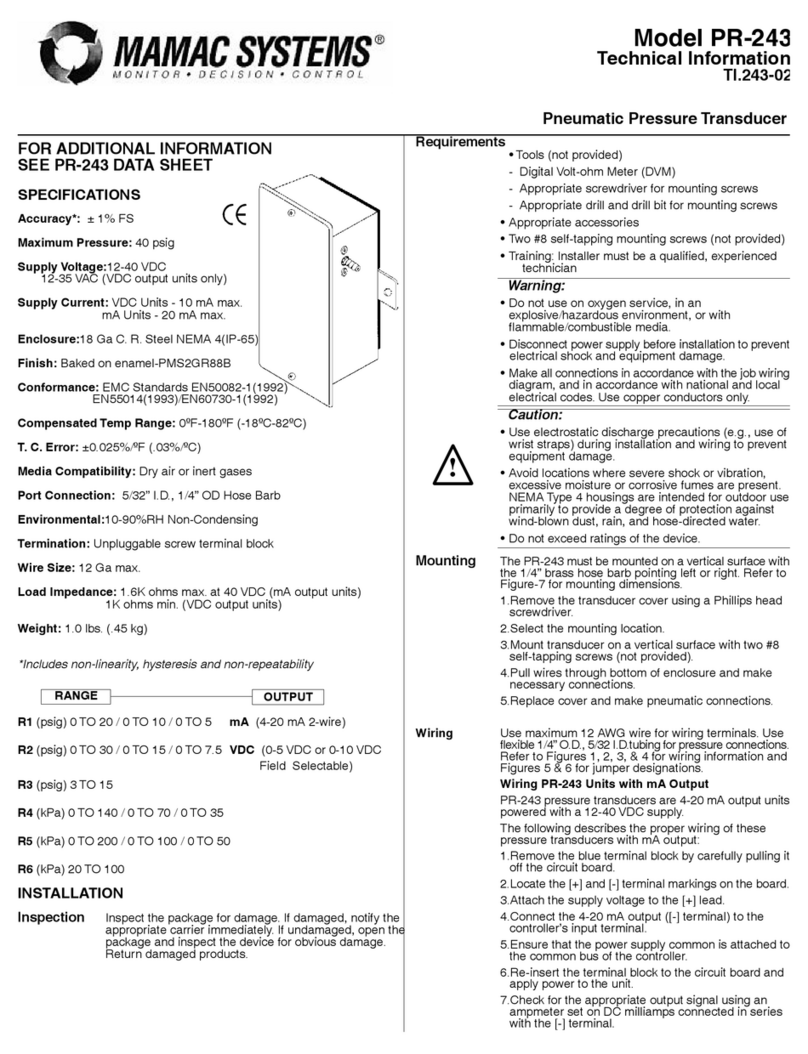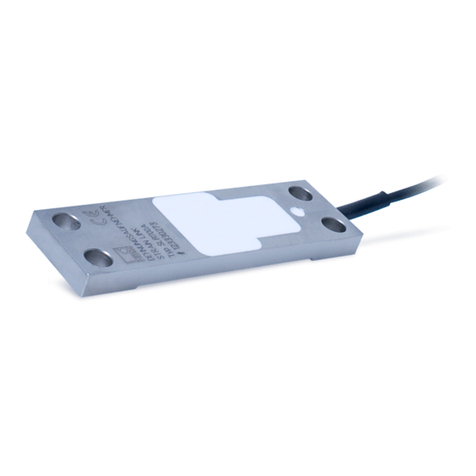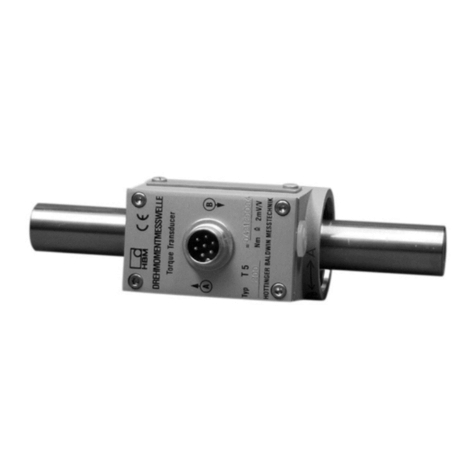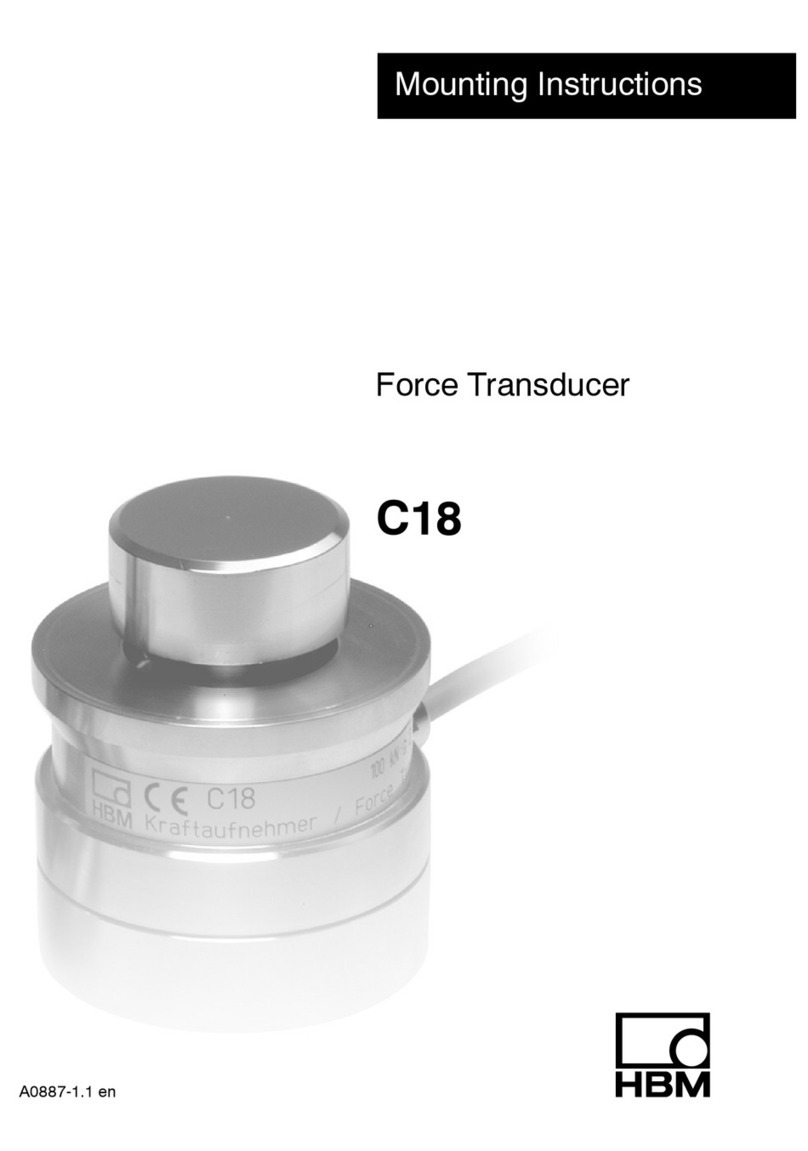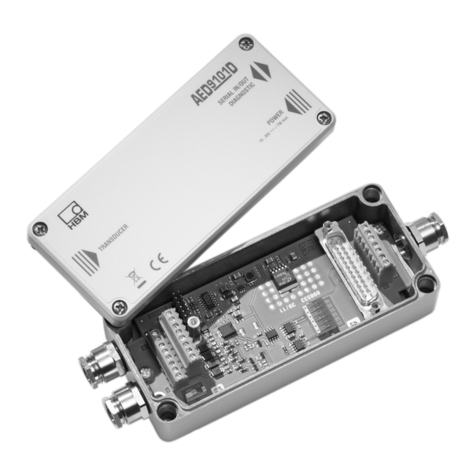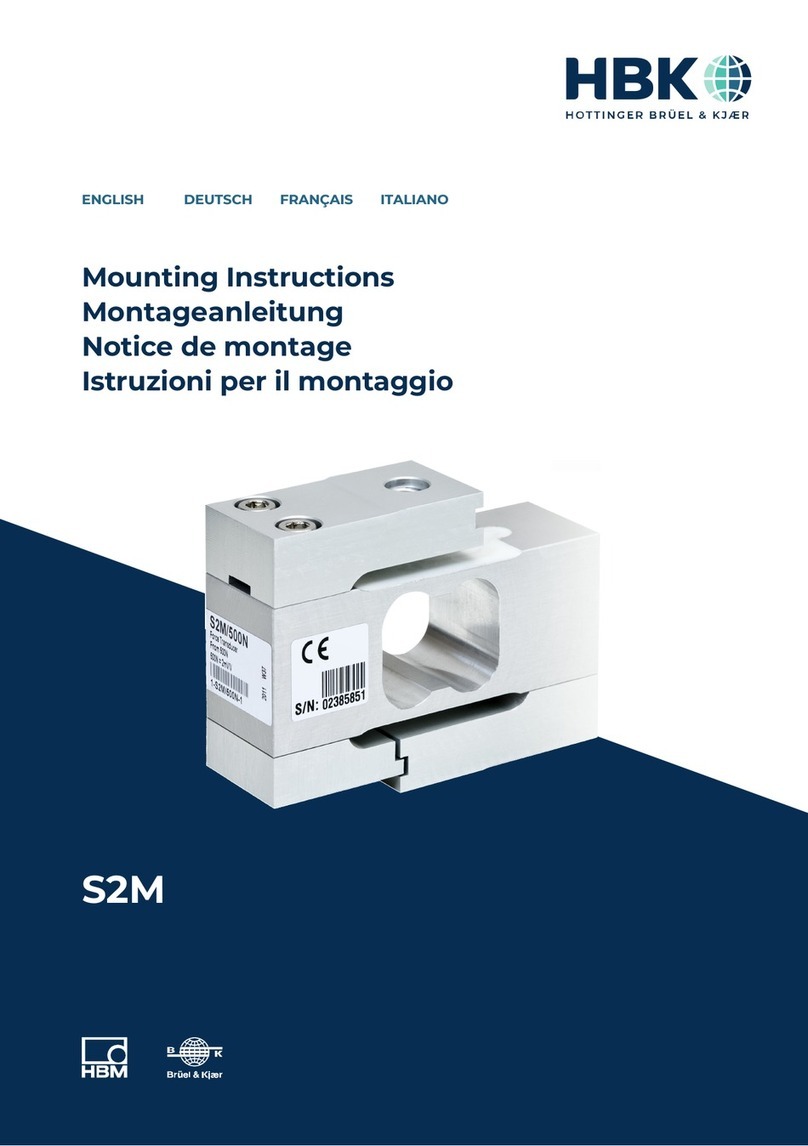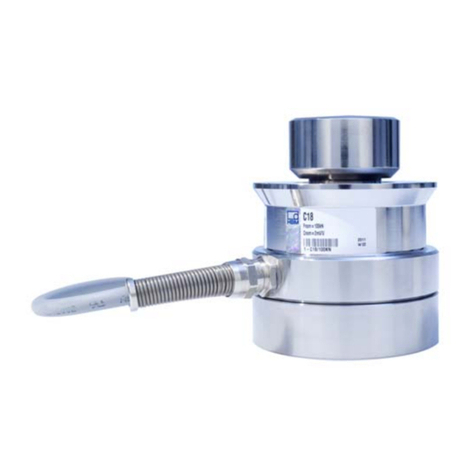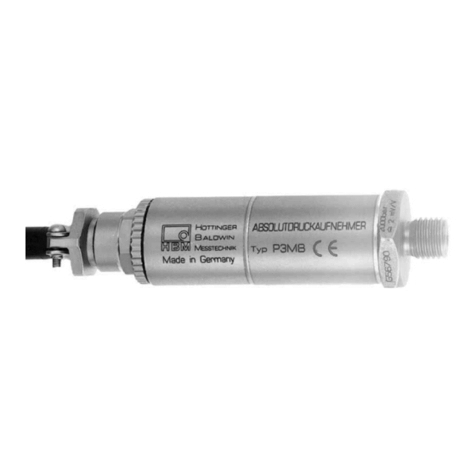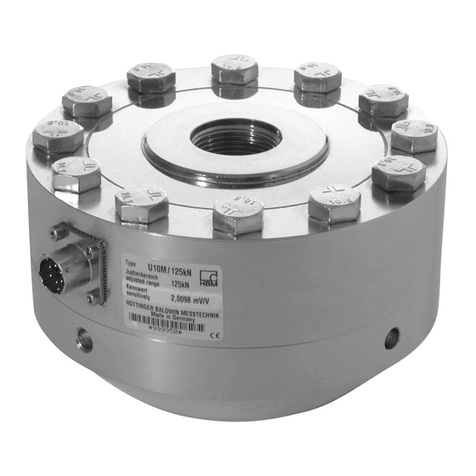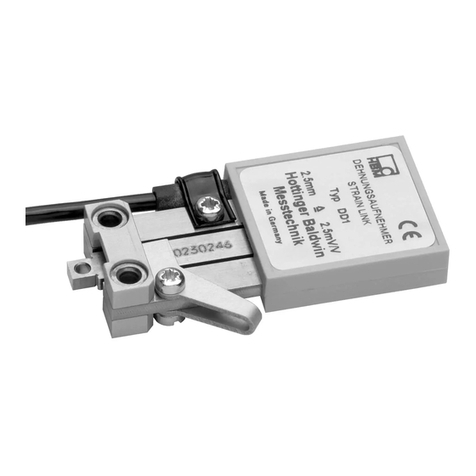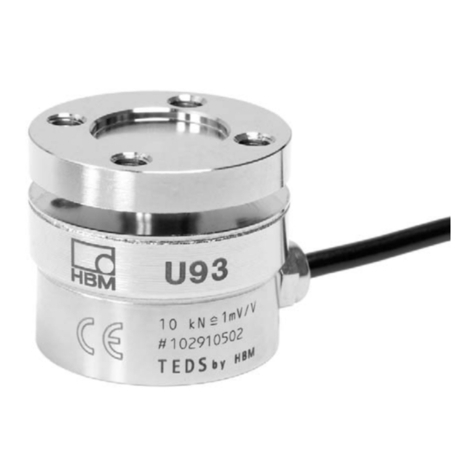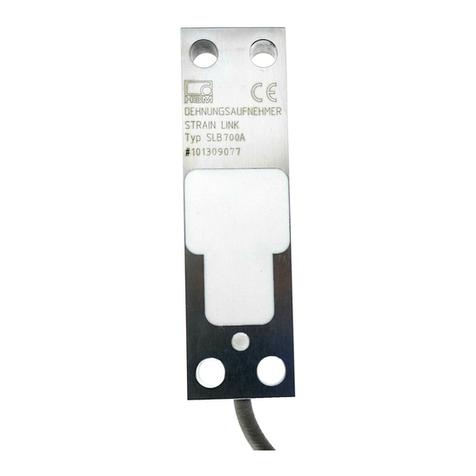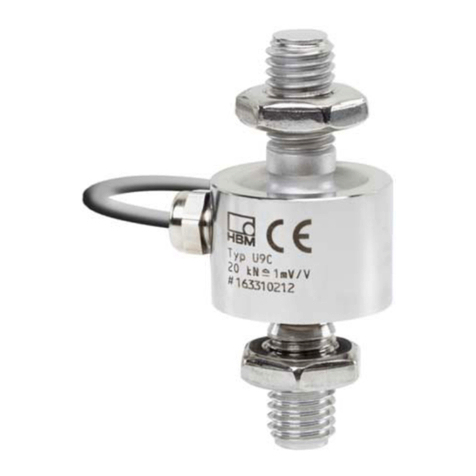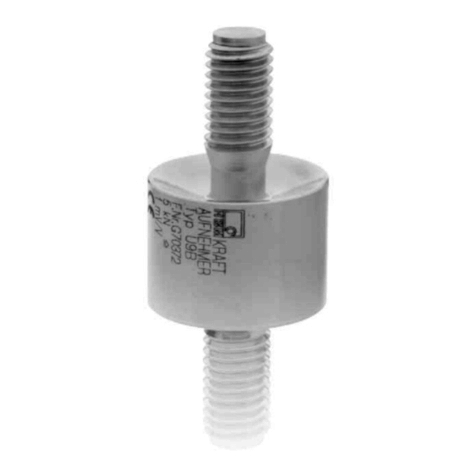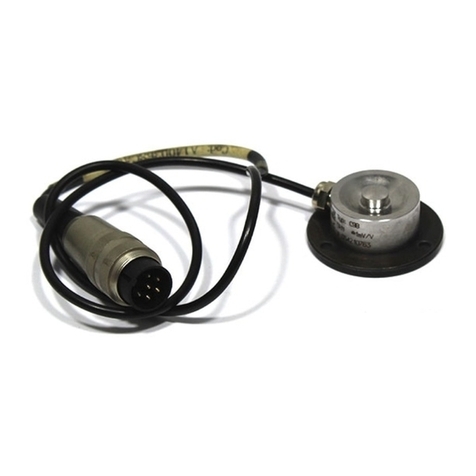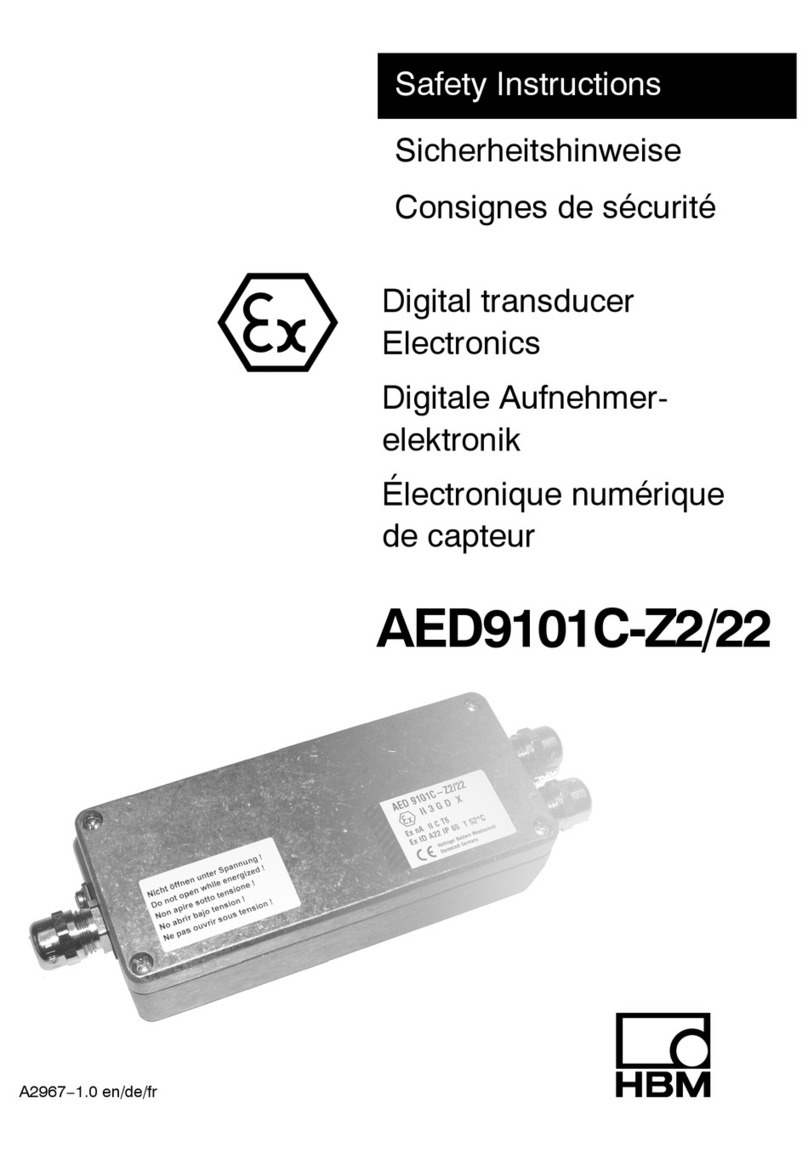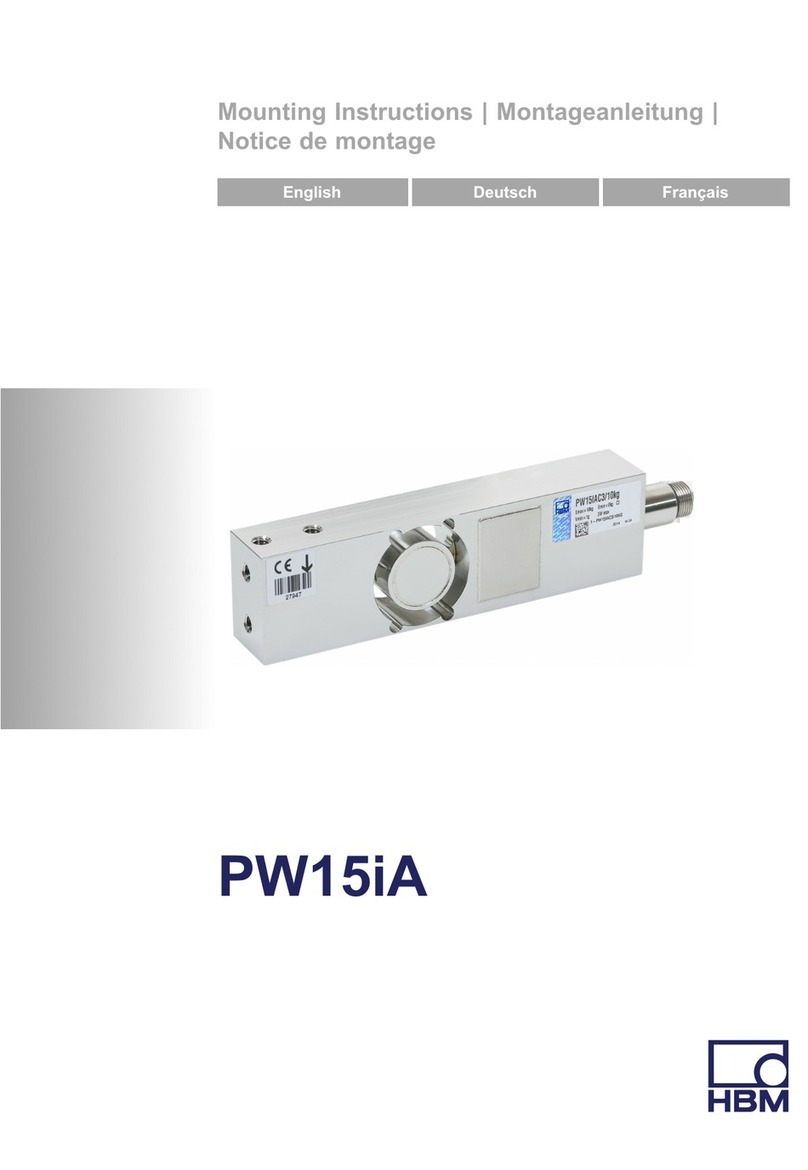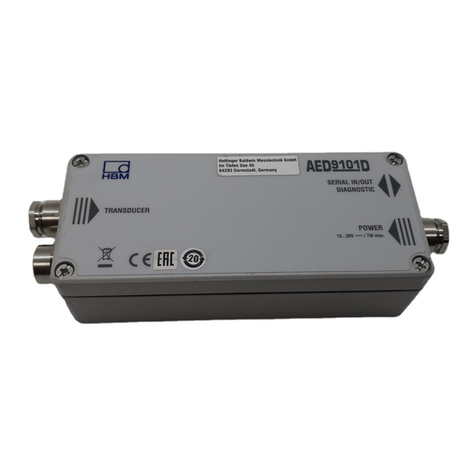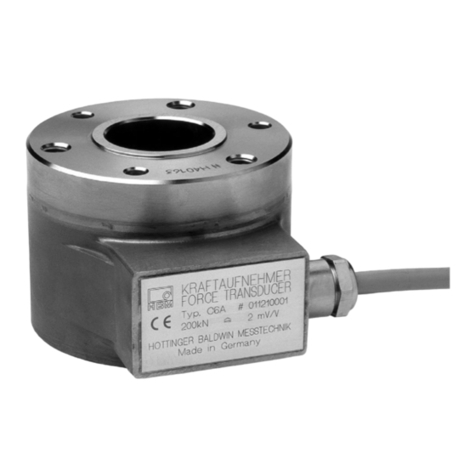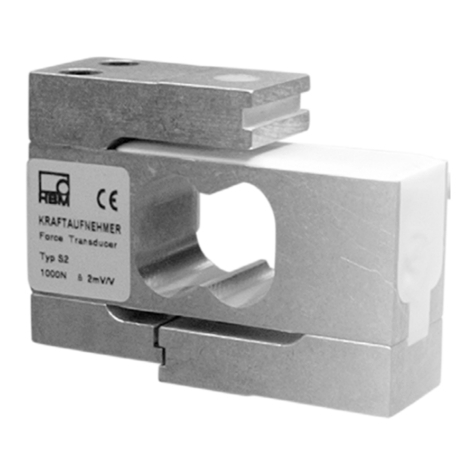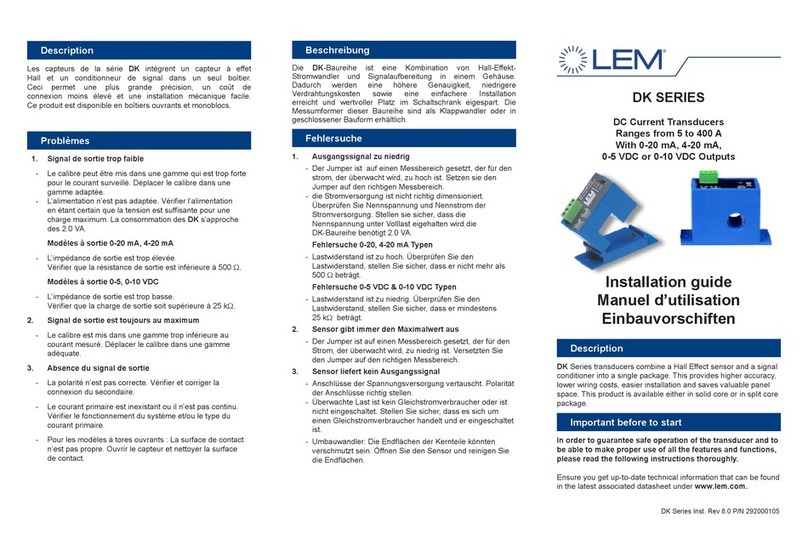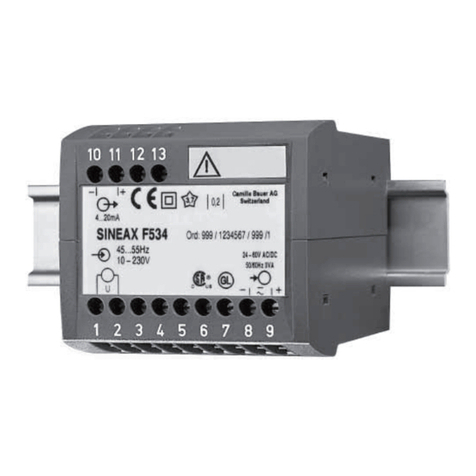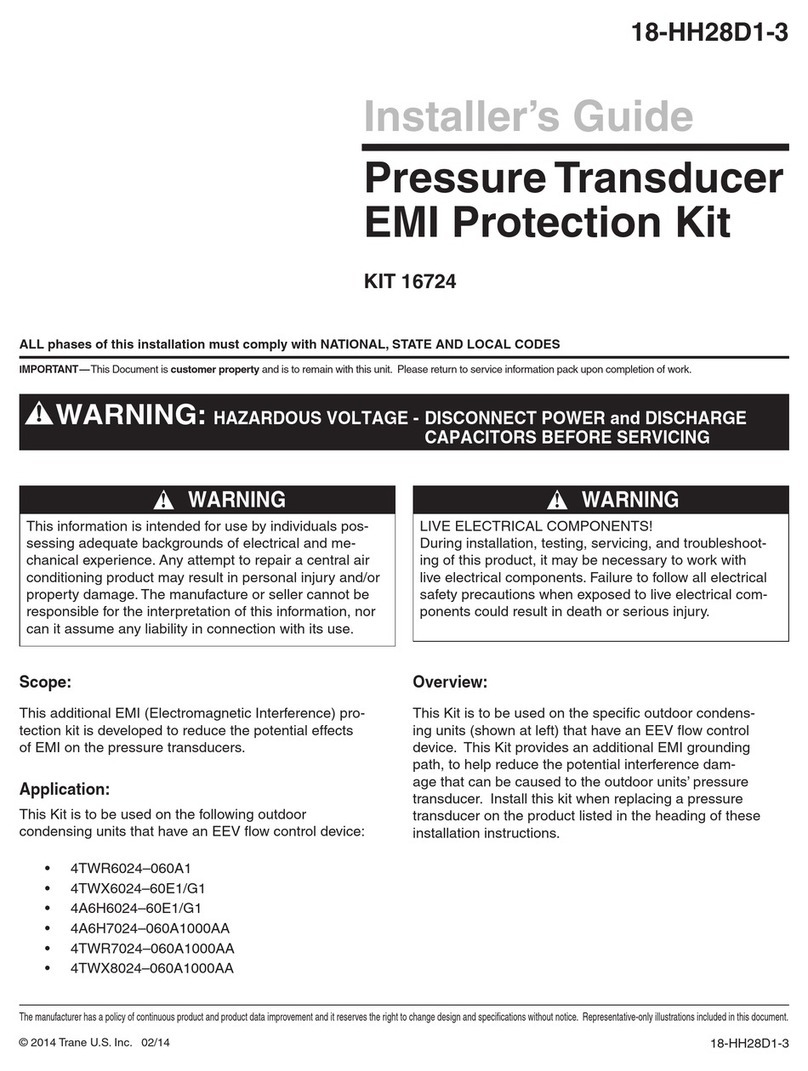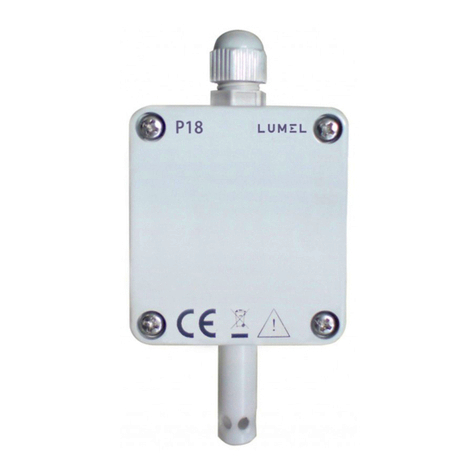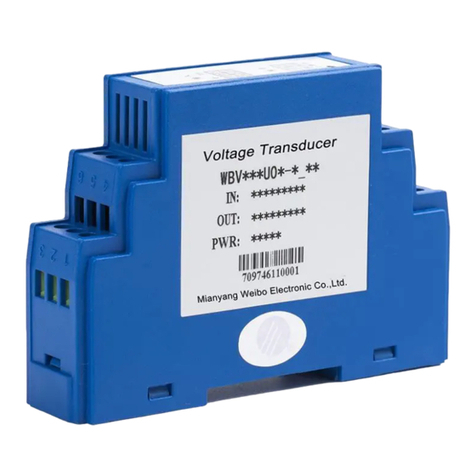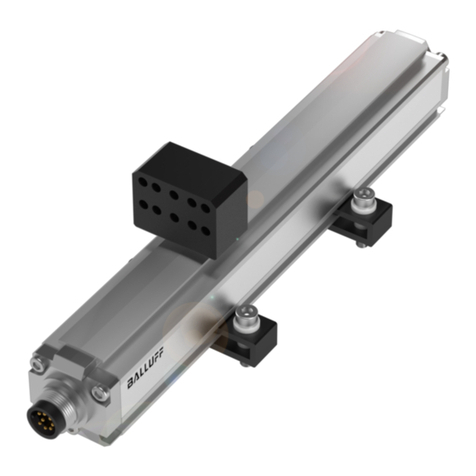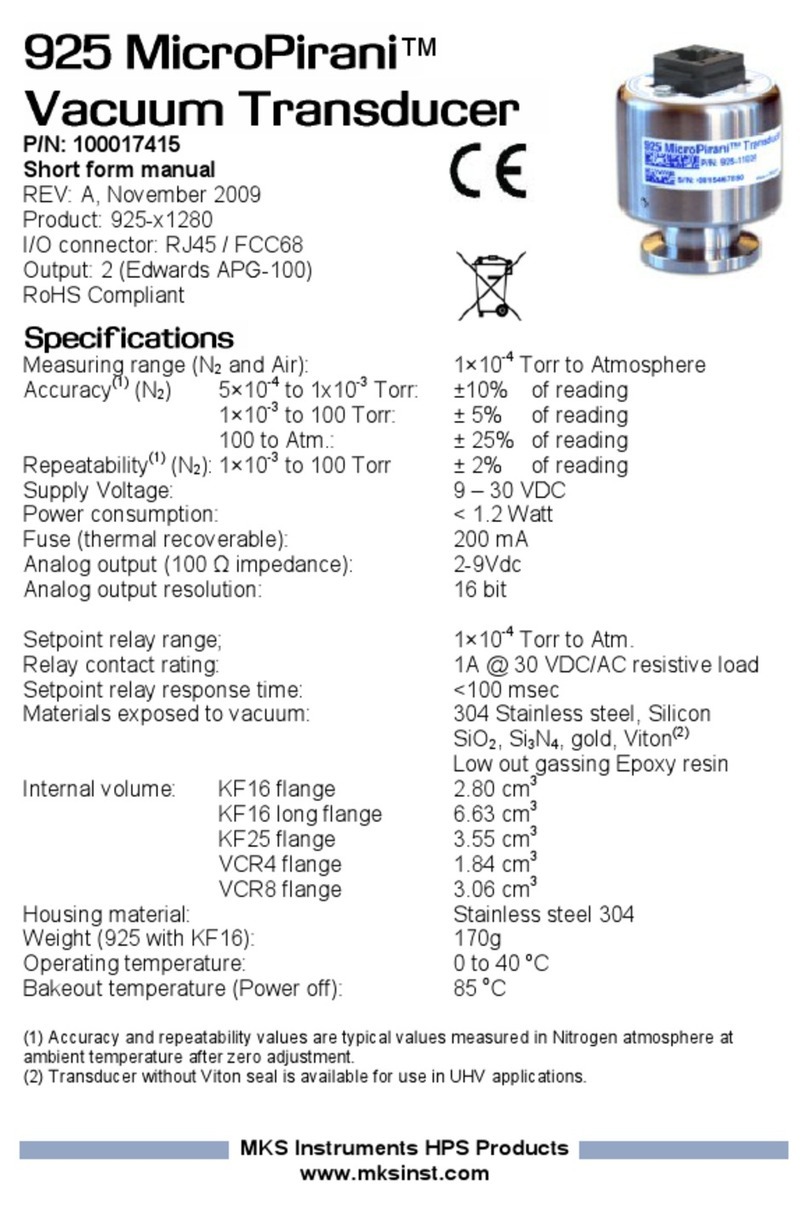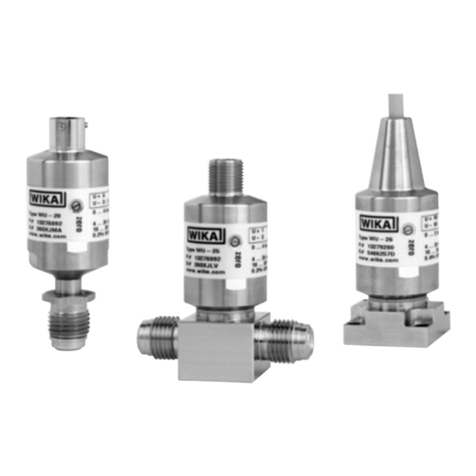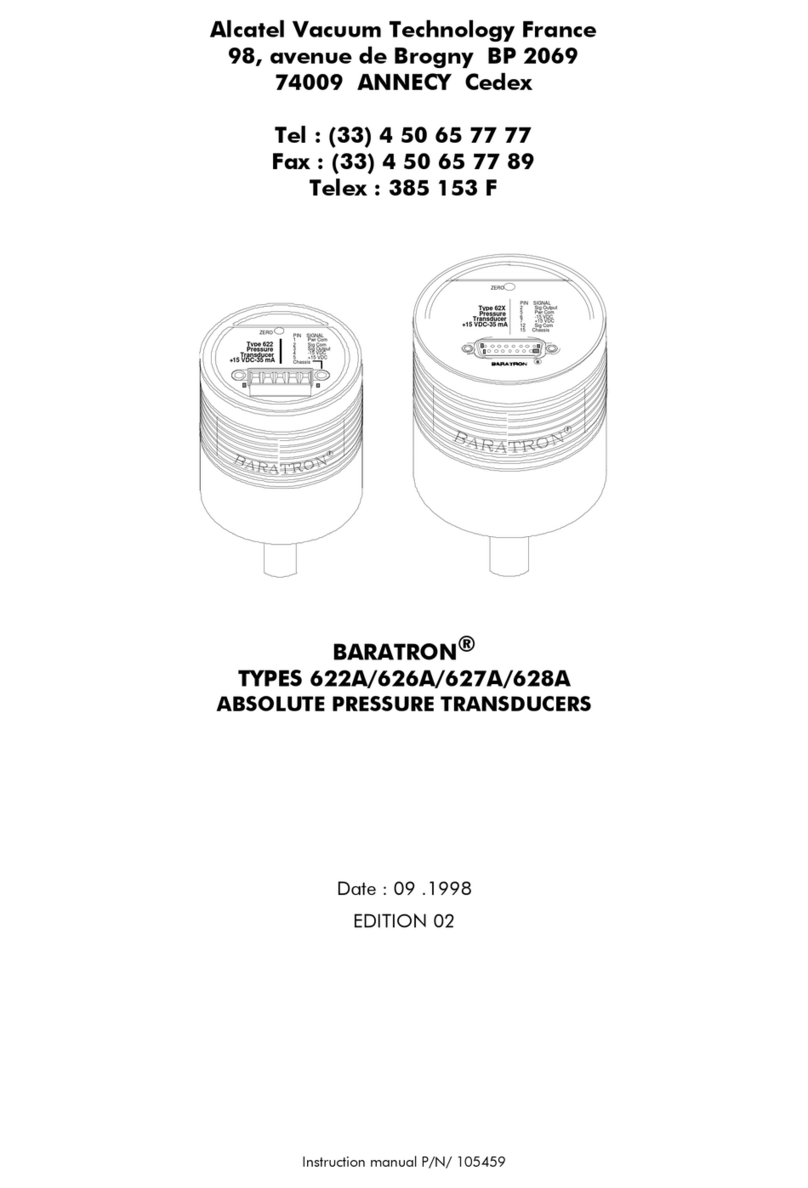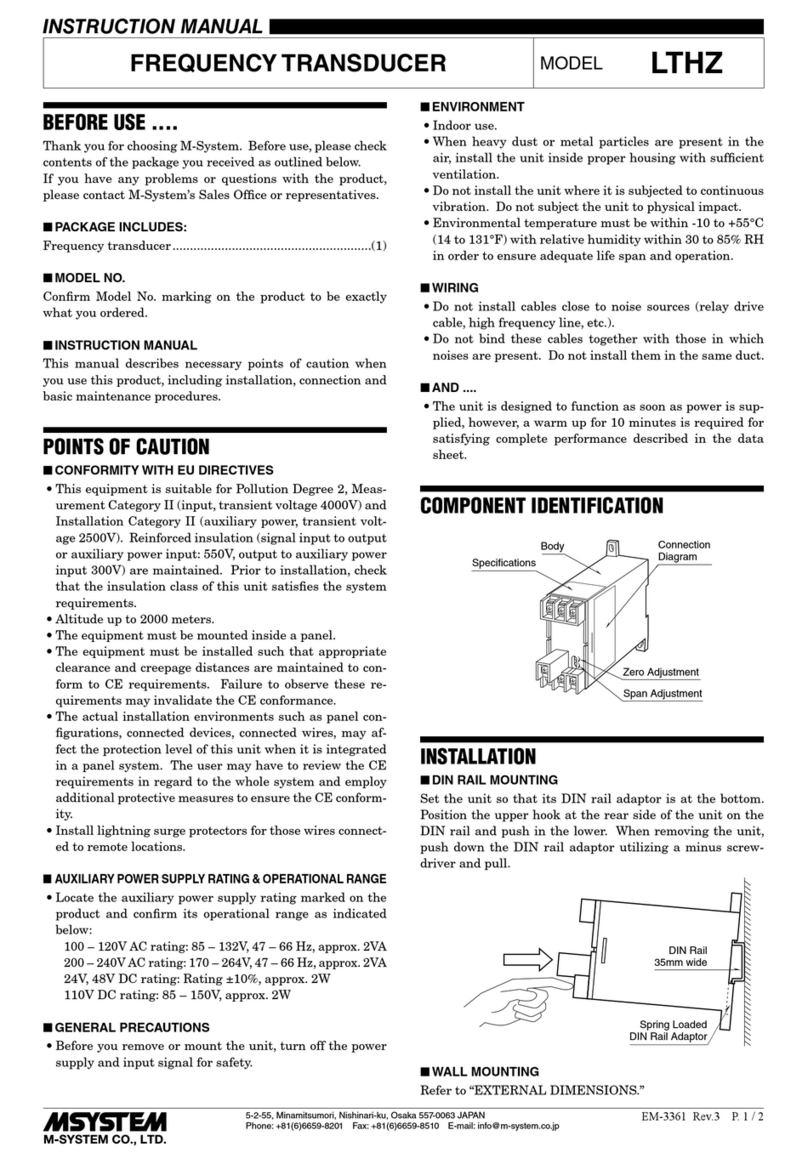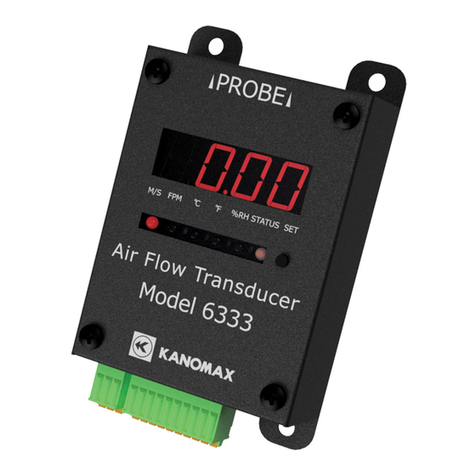
3
T22
HBMA2302-2.0 en/de
Contents Page
Safety instructions 4. . . . . . . . . . . . . . . . . . . . . . . . . . . . . . . . . . . . . . . . . . . . . . .
1 Application 8. . . . . . . . . . . . . . . . . . . . . . . . . . . . . . . . . . . . . . . . . . . . . . . . . .
2 Installation 8. . . . . . . . . . . . . . . . . . . . . . . . . . . . . . . . . . . . . . . . . . . . . . . . . .
2.1 Installation position 8. . . . . . . . . . . . . . . . . . . . . . . . . . . . . . . . . . . . . .
2.2 Installation options 8. . . . . . . . . . . . . . . . . . . . . . . . . . . . . . . . . . . . . . .
2.3 Couplings 9. . . . . . . . . . . . . . . . . . . . . . . . . . . . . . . . . . . . . . . . . . . . . .
2.3.1 Installation position with couplings 9. . . . . . . . . . . . . . . . .
2.3.2 Installation 9. . . . . . . . . . . . . . . . . . . . . . . . . . . . . . . . . . . . . .
3 Electrical connection 10. . . . . . . . . . . . . . . . . . . . . . . . . . . . . . . . . . . . . . . . .
3.1 General instructions 10. . . . . . . . . . . . . . . . . . . . . . . . . . . . . . . . . . . . . .
3.2 Connector 10. . . . . . . . . . . . . . . . . . . . . . . . . . . . . . . . . . . . . . . . . . . . . .
3.3 Cable extension 11. . . . . . . . . . . . . . . . . . . . . . . . . . . . . . . . . . . . . . . . .
3.4 Shielding design 11. . . . . . . . . . . . . . . . . . . . . . . . . . . . . . . . . . . . . . . . .
4 Load-carryingcapacity 12. . . . . . . . . . . . . . . . . . . . . . . . . . . . . . . . . . . . . . .
4.1 Measuring dynamic torque 12. . . . . . . . . . . . . . . . . . . . . . . . . . . . . . . .
4.2 Maximum rotation speed 13. . . . . . . . . . . . . . . . . . . . . . . . . . . . . . . . .
5 Displaying torque 13. . . . . . . . . . . . . . . . . . . . . . . . . . . . . . . . . . . . . . . . . . . .
6 Maintenance 13. . . . . . . . . . . . . . . . . . . . . . . . . . . . . . . . . . . . . . . . . . . . . . . . .
7 Dimensions (in mm; 1 mm = 0.03937 inches) 14. . . . . . . . . . . . . . . . . . . . .
8 Specifications 15. . . . . . . . . . . . . . . . . . . . . . . . . . . . . . . . . . . . . . . . . . . . . . .
9 Accessories 19. . . . . . . . . . . . . . . . . . . . . . . . . . . . . . . . . . . . . . . . . . . . . . . . .
9.1 Accessories for T22 19. . . . . . . . . . . . . . . . . . . . . . . . . . . . . . . . . . . . . .
9.2 Bellows couplings 20. . . . . . . . . . . . . . . . . . . . . . . . . . . . . . . . . . . . . . .
9.2.1 Dimensions bellows couplings (in mm) 20. . . . . . . . . . . . . .
9.2.2 Specifications for bellows couplings 21. . . . . . . . . . . . . . . .

